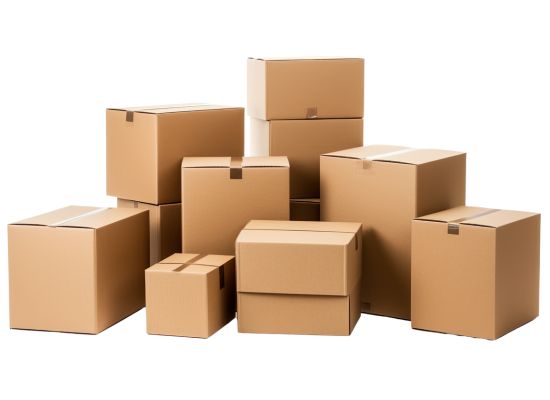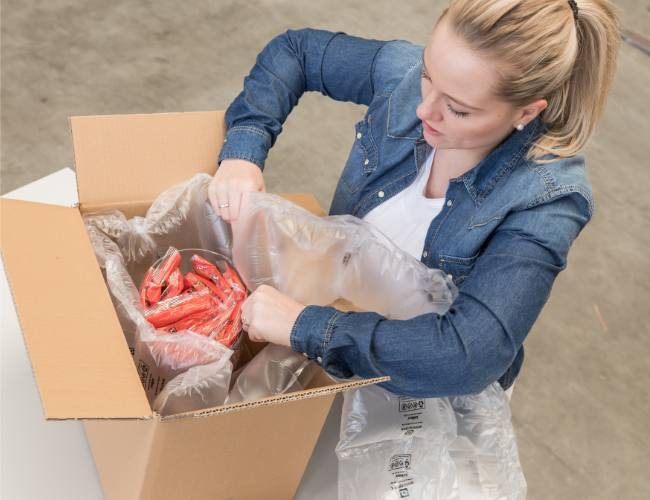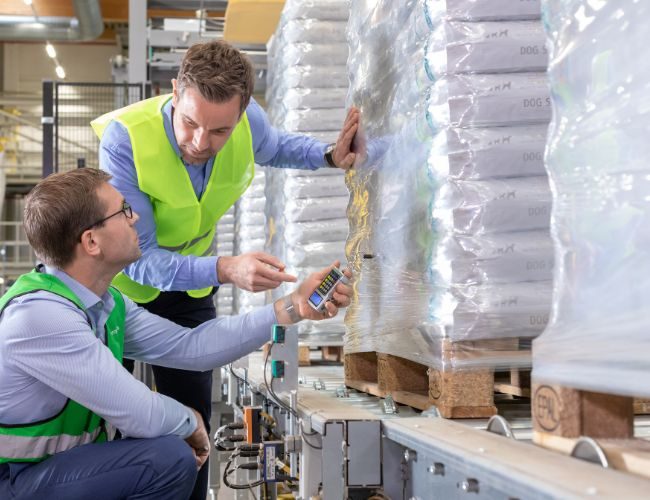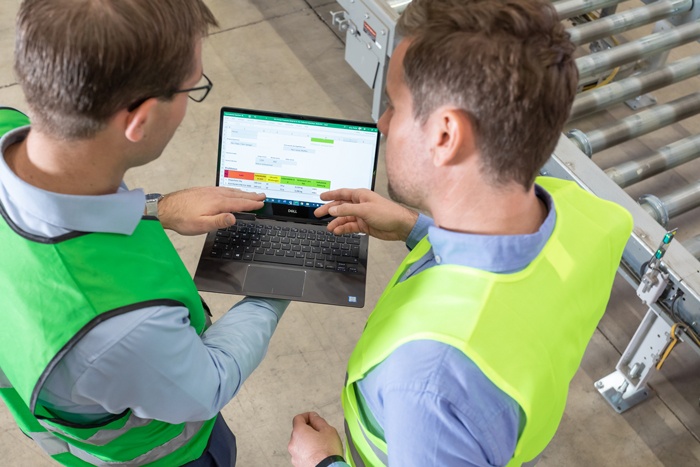Reduce transport damage

Homepage " Reduce transport damage
How to minimize transport damage
Reducing transport damage is a key concern in the world of packaging. Transport damage not only results in damaged goods, but also means a loss of time, energy and money that could be used more profitably elsewhere. What's more, transport damage also harbors avoidable conflict between you and your customers.
But how can transport damage be effectively reduced?
It all begins with the right box
In most cases, packaging for transportation starts with the cardboard box. And a lot can be done here to minimize transport damage.
A distinction is made not only between kraft and recycled paper, but also between the number, type and combination of flutes. Whilesingle-wall cardboard packaging are well suited for small, light and insensitive goods, for larger and heavier goods, double-wall cardboard packaging should be used. double-wall cardboard packaging should be used. The dimensions of a cardboard box should also be tailored to the goods in the best possible way. Depending on the type of goods, space should be left for the required cushioning.

We will be happy to advise you on finding or producing the perfect cardboard packaging for your application.
Important: Of course, the adhesive tape used must also meet the requirements in order to seal the cardboard packaging stably and securely. You can find more information on various packaging tapes on our topic page.

Filled or cushioned - that is the question
In most cases it is a no-brainer that goods should not lie loose in the box. But with the large selection of filling and cushioning materials on the packaging market, the question often arises: What exactly do I need for my products? It is important to know that there is a difference between filling material and cushioning material.
Filling material is primarily used to fill voids in cartons in order to stabilize goods and protect them from sliding around.
Cushioning material, on the other hand, also protects by absorbing shocks and vibrations and thus preventing damage. Transport damage thus often happens to sensitive products which require cushioning, but are only enclosed in filling material, which does not adequately protect the goods during transportation.
Further information on filling and cushioning material can be found on our topic page.
Load unit securing and load securing
When shipping pallets, there are two types of securing that have an impact on transport safety. The terms load unit securing and load securing are often used synonymously, although there are significant differences. Load unit securing is required to combine the pallet to form a solid, secure unit that does not become loose or deformed during transportation. Load securing, on the other hand, ensures that the load unit is securely fastened to the means of transport.
Both types of securing make a significant contribution to preventing transport damage and cannot replace each other.

For optimum load unit securing, all the points already mentioned must be interlinked. In particular, the quality and suitability of the cardboard packaging has a significant influence on the cohesion of a load unit.
Furthermore, the load unit must be secured firmly and securely, e.g. with stretch film, in order to optimally stabilize the load unit. Depending on the nature of the goods and the primary packaging, additional aids such as anti-slip layers or edge protectors may also be required. Well-known standards for testing load unit securing are the European standard EUMOS 40509 and the German DIN 55415.
Conclusion
If you regularly have to contend with transport damage, there is an urgent need for action. All aspects of packaging, from cardboard packaging, packing tape and filling and cushioning material to load unit and load securing, are important factors.
We will be happy to provide you with comprehensive advice on the subject of transport packaging in order to identify sources of error and weak points in your packaging process and optimize them in a targeted manner.
SEARCH
LAST ARTICLES
- Pallet wrapperby Toledo Brusius
- VDI 2700 - Load securing on road vehiclesby Toledo Brusius
- Stretch wrapper settingsfrom enviropack
CATEGORIES



